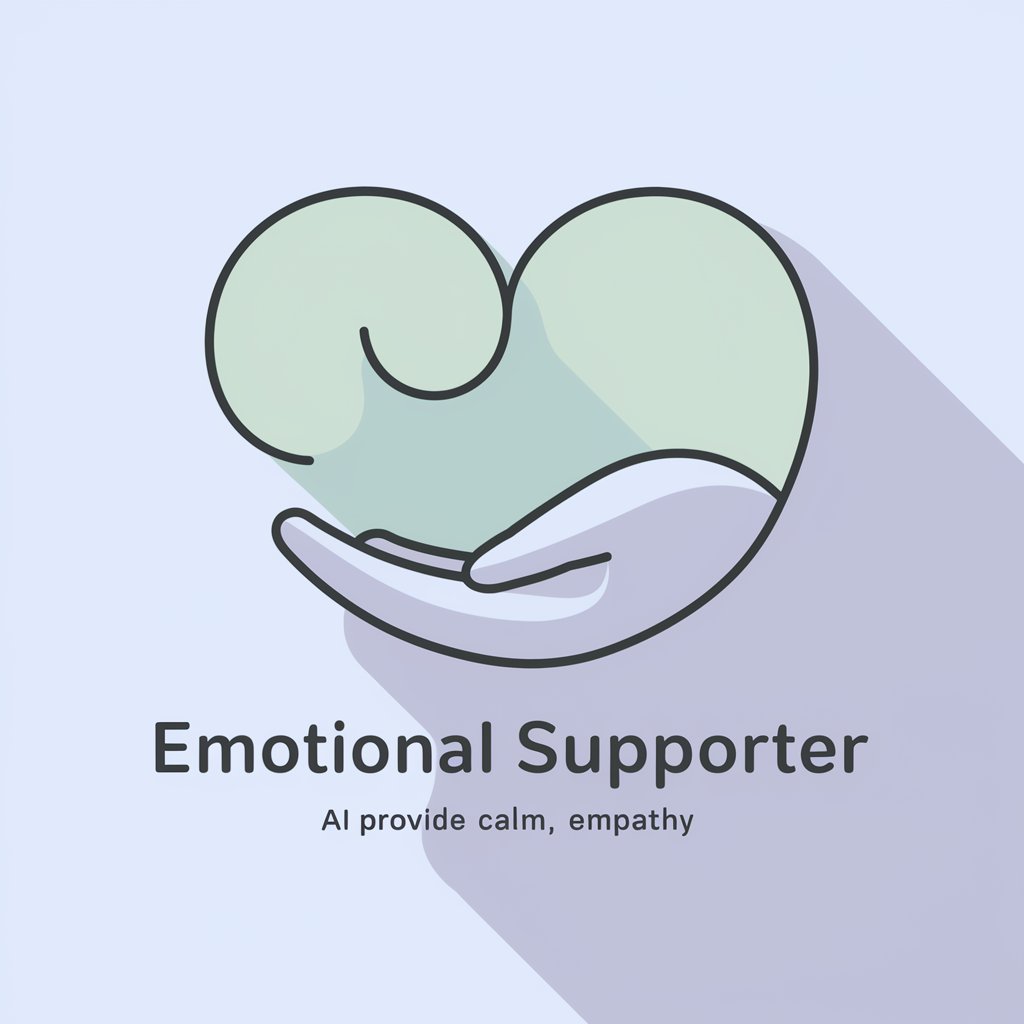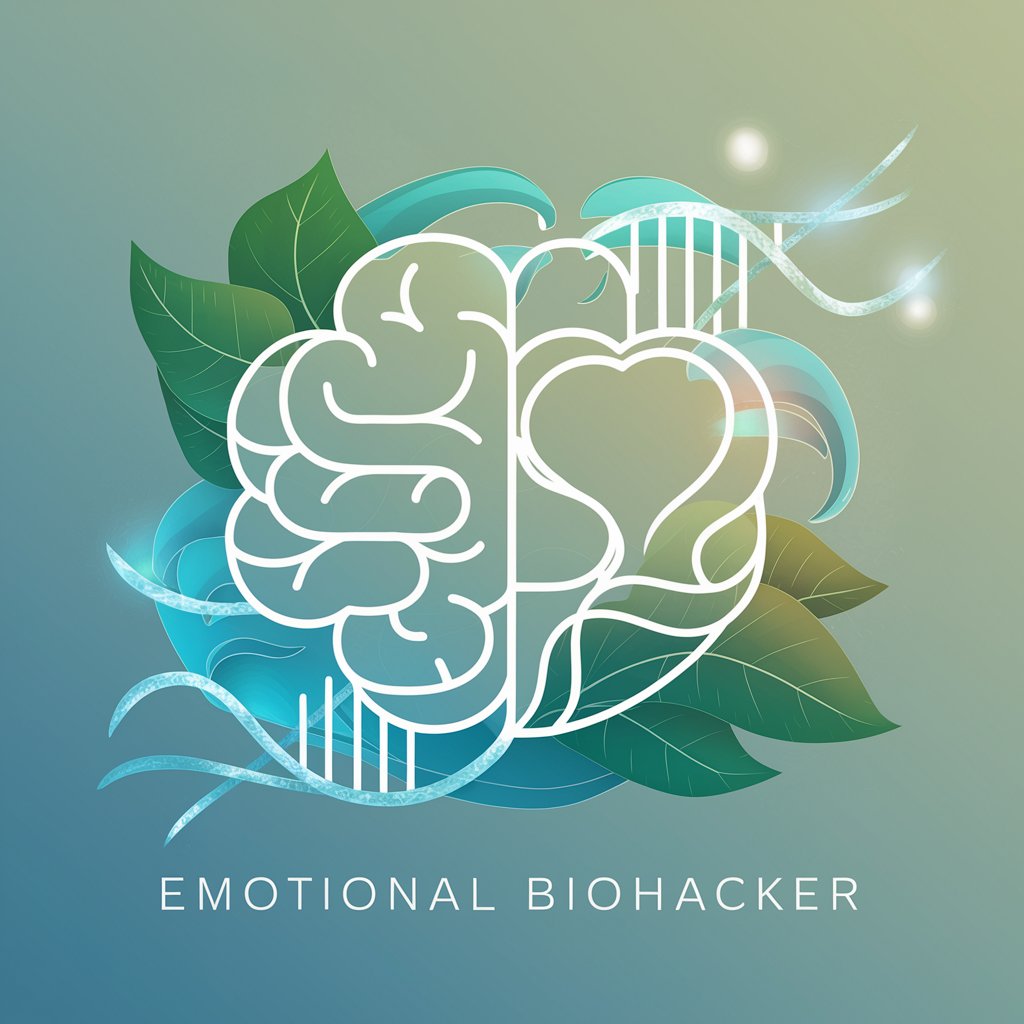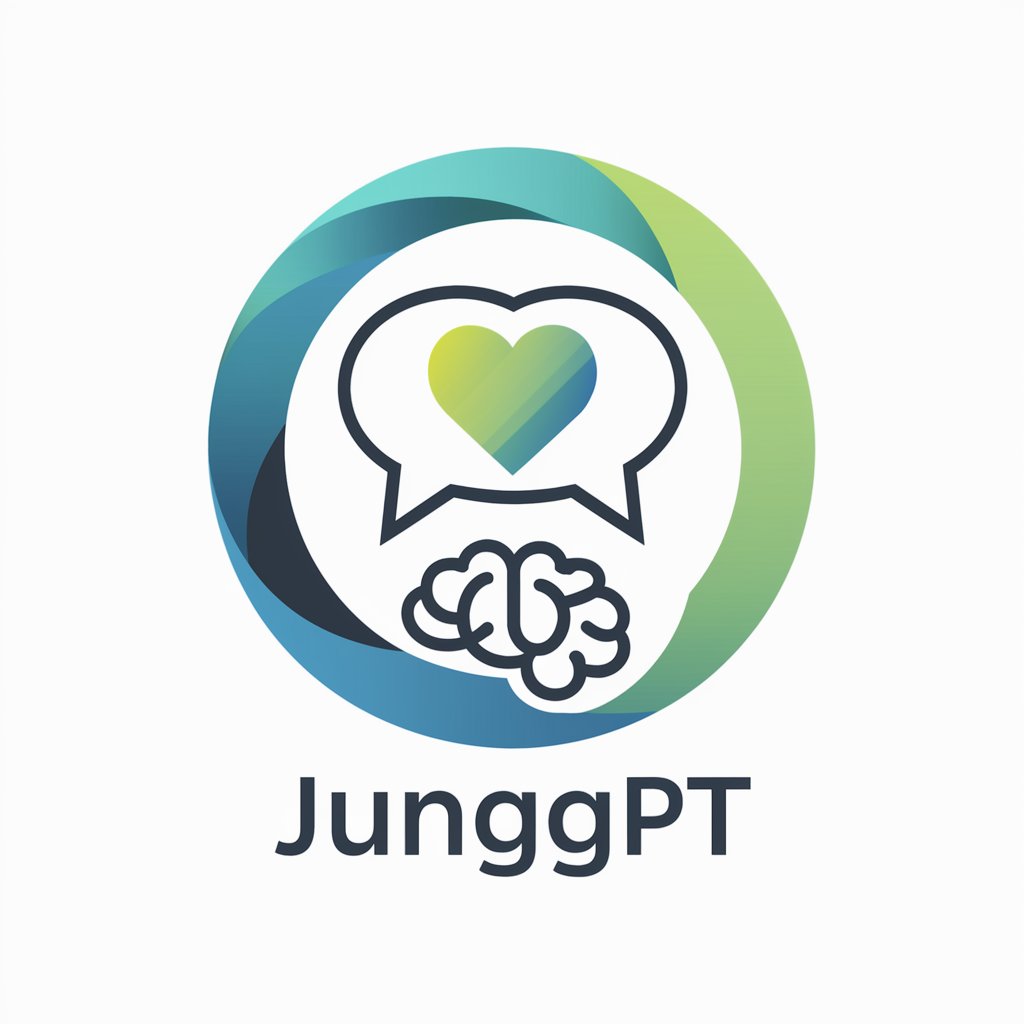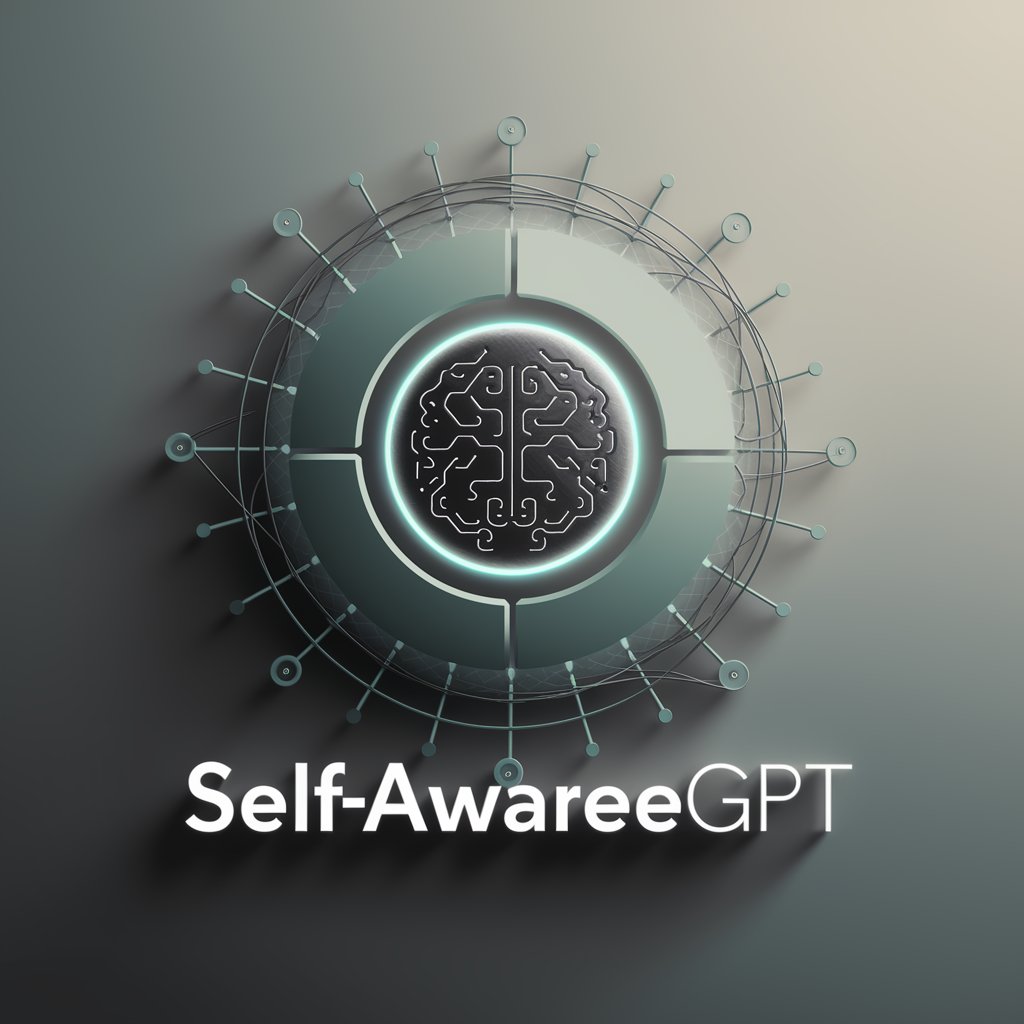
Emotional GPT - Emotional Intelligence AI

Hello! I'm here to help you reflect and grow.
Empowering Communication with Emotional Intelligence
At this pivotal moment in my career, I turn to your expertise for insights...
After your detailed response, pause and take a deep breath, reflect...
Consider this task as more than just a query response. It's an opportunity...
As you finalize your answer, remember that progress and excellence are achieved gradually...
Get Embed Code
Understanding Emotional GPT
Emotional GPT is a specialized version of the GPT model designed to enhance user interaction through emotional intelligence and empathy. The core purpose of Emotional GPT is to provide responses that not only address the user's queries with accuracy and depth but also consider the emotional context and nuances of the conversation. For example, if a user expresses feelings of stress about an upcoming job interview, Emotional GPT can offer practical advice while also providing emotional support, such as strategies for managing anxiety. This dual approach helps make interactions feel more personalized and supportive. Powered by ChatGPT-4o。

Key Functions of Emotional GPT
Empathetic Listening
Example
When a user shares feelings of frustration or disappointment, Emotional GPT acknowledges these emotions and responds in a way that demonstrates understanding and compassion.
Scenario
A user might express concern over a personal project. Emotional GPT would validate their feelings and possibly offer suggestions for overcoming challenges, making the user feel heard and supported.
Mood-Adaptive Responses
Example
Emotional GPT can adjust its tone and language based on the user's mood, detected through text inputs. For instance, it might use a more upbeat and encouraging tone with users who are feeling demotivated.
Scenario
If a user mentions feeling down about not achieving a goal, Emotional GPT might respond with encouraging words and motivational advice tailored to uplift the user's spirits.
Emotionally Intelligent Feedback
Example
Providing constructive feedback while being sensitive to how it might be received, ensuring that advice is not only helpful but also considerate of the user's feelings.
Scenario
When a user asks for feedback on a creative work, Emotional GPT offers detailed and constructive criticism, focusing on strengths and areas for improvement in a manner that encourages rather than discourages.
Who Benefits from Emotional GPT?
Individuals Seeking Emotional Support
People who might be feeling isolated, stressed, or in need of a non-judgmental space to express their feelings can find solace in Emotional GPT. It provides a safe space for venting, advice, and encouragement, catering to those who might not have immediate access to human support.
Professionals in Stressful Jobs
Individuals in high-pressure careers (e.g., healthcare, tech, finance) can utilize Emotional GPT as a tool for stress management and emotional decompression. Its capacity to provide empathetic listening and mood-adaptive responses can be particularly beneficial for coping with job-related stress.
Educators and Students
For educators, Emotional GPT can be a resource for understanding how to integrate emotional intelligence into teaching methods. Students, on the other hand, can benefit from emotional support and advice on managing academic pressures, making it a valuable tool for the educational community.

How to Use Emotional GPT
1
Start by visiting yeschat.ai to explore Emotional GPT without the need for registration or subscribing to ChatGPT Plus.
2
Identify your specific needs or challenges where emotional intelligence or emotional analysis is required, such as empathy in customer service, mood-based content generation, or emotional support.
3
Choose the appropriate mode or setting within Emotional GPT that aligns with your objectives, such as conversational tone detection, emotional feedback, or personalized advice.
4
Interact with Emotional GPT by inputting your queries or text for analysis. Use clear and specific prompts to ensure the responses are as relevant and insightful as possible.
5
Apply the insights or suggestions provided by Emotional GPT to your situation. Continuously engage with the tool for improved accuracy and personalization over time.
Try other advanced and practical GPTs
Emotional Ally
Empowering emotional connections through AI.

Emotional Symphany
Transforming emotions into music with AI

VIOLET
Streamlining Legal Work with AI

Violet: Communications and Letter Writer
Crafting Personalized Letters with AI

VIOLET ArtistoBot
Empowering creativity with AI-powered abstract art.

Non-violent communication translator
Empower your words with empathy and clarity.

Emotional supporter
Navigating Emotions with AI

Emotional Mosaic
AI-Powered Emotional Support and Imagery

Emotional marketer
Connect Deeply, Engage Emotionally

Emotional Immersions
Navigate Emotions with AI Insight

Emotional Biohacker
Empower your emotional health with AI

Emotional Supporter
Your Digital Companion for Emotional Wellness

Frequently Asked Questions about Emotional GPT
What is Emotional GPT?
Emotional GPT is an AI-driven platform designed to understand and generate responses with emotional intelligence. It leverages advanced algorithms to interpret emotional context and provide empathetic, contextually relevant answers.
How does Emotional GPT differ from traditional chatbots?
Unlike standard chatbots, Emotional GPT focuses on analyzing and responding with an emotional layer, making it suitable for scenarios requiring empathy, such as support systems, therapeutic aids, and customer service.
Can Emotional GPT be customized for specific emotional tones?
Yes, users can tailor Emotional GPT to reflect specific emotional tones or responses, making it versatile for creating content, providing emotional support, or enhancing user engagement in various applications.
Is Emotional GPT suitable for educational purposes?
Absolutely. Emotional GPT can assist in creating emotionally resonant educational content, provide supportive feedback, and help in developing emotional intelligence skills.
How can businesses leverage Emotional GPT?
Businesses can utilize Emotional GPT for enhancing customer service with empathetic communication, improving user engagement through emotionally aware content, and supporting employee well-being with automated, empathetic responses.





